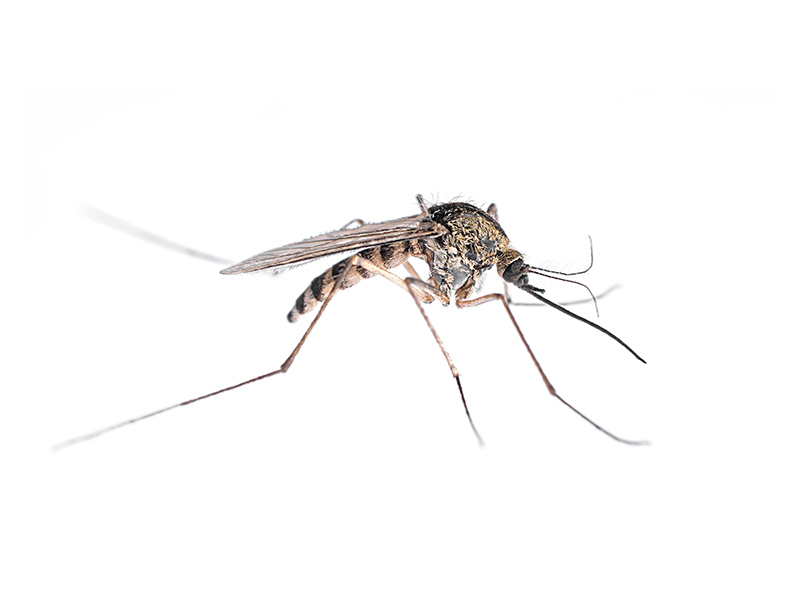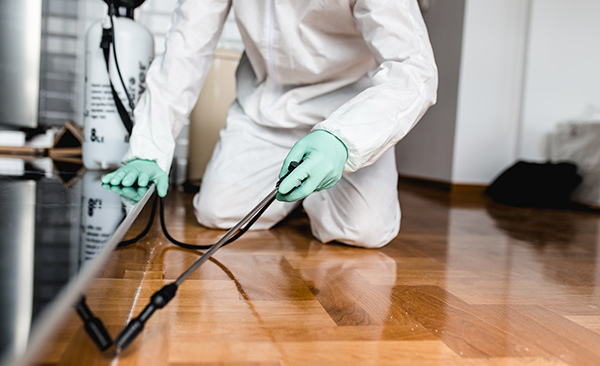Choose expert Pest Control to achieve a pest-free environment.
Eco-Friendly Pest Control Approaches for Taking Care Of Wild Animals in Urban Locations
Urban areas usually find themselves at the crossway of human activity and wildlife, causing unique obstacles in parasite management. Environmentally friendly strategies highlight sustainable coexistence, using techniques such as environment modification and natural repellents to reduce human-wildlife disputes. These methods not just safeguard the environment however also improve neighborhood involvement in wildlife management. As urban populations remain to grow, understanding the characteristics of wildlife communications becomes progressively vital. What ingenious approaches can be carried out to make sure both environmental balance and metropolitan safety and security? Discovering this inquiry discloses a compelling landscape of prospective remedies.
Recognizing Urban Wildlife Dynamics
Recognizing Urban Wildlife Characteristics is essential for establishing effective and environmentally friendly insect control approaches. Urban locations are significantly becoming habitats for various wildlife types, driven by elements such as environment fragmentation, food availability, and human advancement. Acknowledging these characteristics enables a nuanced technique to pest administration that aligns with ecological concepts.
Urban wild animals often consists of types such as raccoons, squirrels, and birds, which adjust to city atmospheres, locating specific niches in eco-friendly rooms, parks, and also houses. Their visibility can bring about disputes with human beings, particularly when they manipulate human sources for food and sanctuary. Understanding the actions and environmental roles of these types notifies approaches that reduce negative communications while advertising biodiversity.
In addition, acknowledging the interdependencies within city environments aids in determining vital areas for environment preservation and remediation. This understanding contributes to the advancement of integrated pest monitoring (IPM) techniques that consider the eco-friendly equilibrium, thus decreasing reliance on unsafe chemicals. By fostering conjunction between humans and city wildlife, cities can create healthier atmospheres that profit both locals and local communities, paving the means for lasting urban living.
All-natural Repellents and Deterrents
Natural repellents and deterrents supply a lasting option to conventional bug control methods by taking advantage of the power of nature to maintain undesirable varieties at bay. These eco-friendly remedies typically make use of plant-based components, necessary oils, and various other naturally occurring materials that deter parasites without harming the environment.
One effective natural repellent is peppermint oil, which is understood to push back rodents and insects. Its solid scent is unpleasant to several bugs, making it a prominent choice for city setups. Similarly, vinegar and citrus peels can work as deterrents, as their solid odors are normally uninviting to various wildlife.
In addition, diatomaceous earth is an all-natural powder that can be spread out in locations vulnerable to pest task, efficiently dehydrating and preventing insects without presenting threats to non-target types. In addition, garlic sprays and neem oil are recognized for their capability to ward off a wide variety of pests, consisting of both pests and bigger wild animals.
Executing these natural repellents not just reduces dependence on chemical pesticides but also promotes a healthier urban ecosystem, fostering an extra balanced coexistence in between humans and wild animals. By making use of these approaches, urban locations can efficiently manage bug populaces while lessening ecological effect.
Environment Alteration Techniques
Effective habitat adjustment techniques play a critical duty in lasting insect management by modifying the setting to make it much less for pest infestations. By understanding the ecological characteristics of metropolitan locations, homeowner can execute strategic modifications that hinder insects while promoting biodiversity.
(Honey Bee Relocation)One primary technique includes maintaining correct cleanliness. This includes normal waste elimination, protecting garbage containers, and getting rid of standing water to decrease reproducing websites for pests and rodents. Furthermore, landscape design methods such as picking indigenous plants can boost environmental balance, giving environments for advantageous microorganisms while decreasing resources for pests.
One more important strategy is to secure entrance factors in structures. Evaluating and fixing cracks in foundations, walls, and windows can substantially lower pest access. Producing physical barriers, such as fencings or plant barriers, can inhibit wild animals movement into human-inhabited locations.
Integrated Pest Monitoring Practices
Building upon habitat adjustment methods, integrated insect monitoring (IPM) practices provide an alternative method to regulating insect populaces while lessening ecological impact. IPM integrates various techniques, including biological, social, mechanical, and chemical controls, to attain reliable bug monitoring.
Biological control involves the intro of all-natural predators or bloodsuckers to lower parasite populaces. have a peek here Cultural practices, such as crop turning and sanitation, interrupt pest life cycles and reduce their habitats - Pest Control. Mechanical controls, like traps and barriers, provide immediate alleviation from insect pressures without chemical treatment
Chemical controls are used as a last resort, concentrating on targeted applications that limit harm to non-target species and the atmosphere. The selection of eco-friendly chemicals, when needed, is important to the IPM framework. In addition, keeping track of pest populations and analyzing possible damages helps inform decision-making, guaranteeing that treatments are prompt and reliable.
Neighborhood Involvement and Education And Learning

(Pest inspection Port Charlotte)Workshops and informative sessions can equip locals with expertise regarding native types, environment conservation, and effective safe parasite management strategies. Partnership with schools, neighborhood companies, and federal government firms better enhances academic outreach, making certain that essential information reaches varied target markets.
Moreover, community-led campaigns, such as neighborhood clean-up days and habitat remediation projects, not just advertise biodiversity yet likewise strengthen area ties. Pest control service. By urging citizens to share their experiences and monitorings, areas can create targeted methods that deal with particular neighborhood pest problems
Including responses from residents right into pest management plans enables a more responsive and flexible strategy to wild animals challenges. Eventually, informed and involved communities are key to attaining long-term success in green parasite control, resulting in healthier metropolitan settings that value both human and eco-friendly requirements.

Conclusion
In final thought, environment-friendly insect control comes close to offer lasting solutions for taking care of metropolitan wildlife. By focusing on habitat modification, making use of all-natural repellents, and applying incorporated parasite management methods, areas can cultivate an unified coexistence with regional animals.